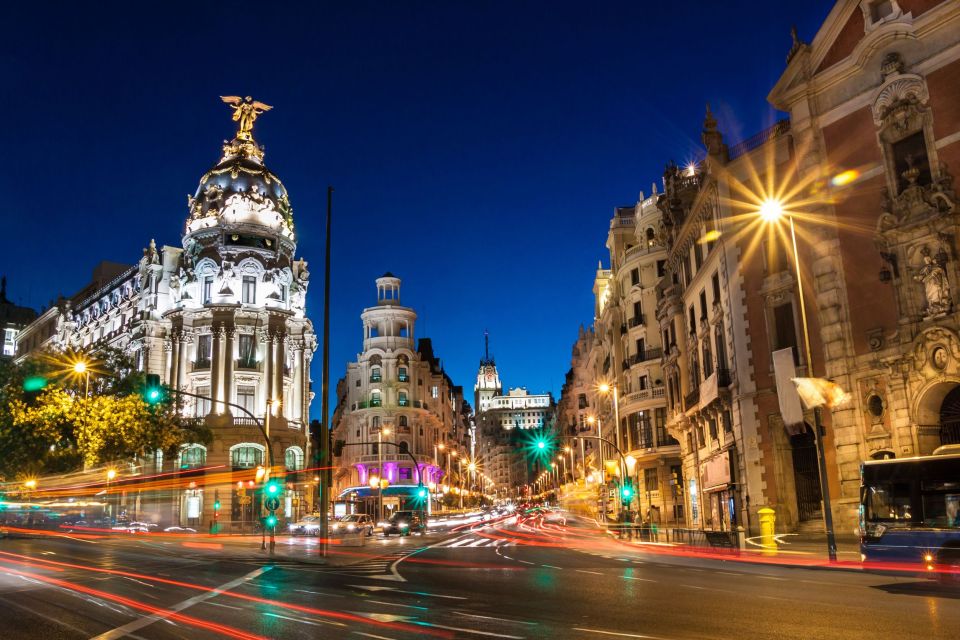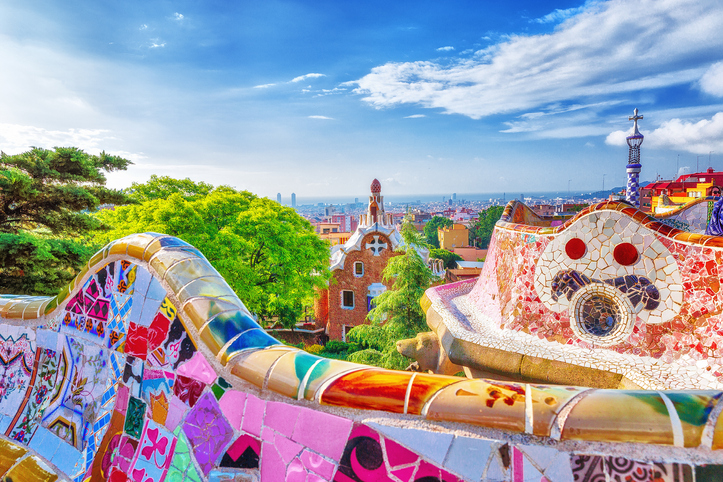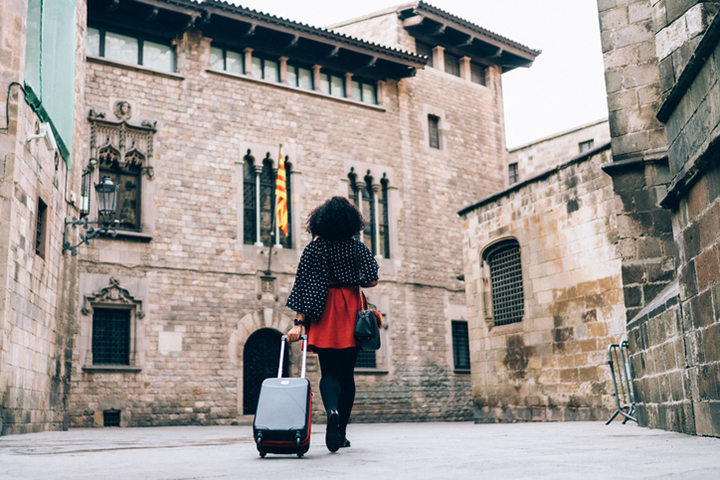So, what was it like living in Spain for a semester as the only Black person in the group?
It was the beginning of my third year in college, and I was ready to spend a semester in Madrid for three months. Spanish was one of my majors, and I hoped to become close to fluent while living in Spain. In a group of about twenty students, I was the only Black person. In fact, I was the only person of color, period.
It wasn’t my first time in Europe, but it was my first time effectively living there, and culture shock was inevitable. But if there’s one thing I knew how to do fairly well, it’s adapting to changes quickly.
My command of Spanish was passable, but not great, and that was a big part of why I was living in Spain. While structure and grammar were obviously important, classroom settings got dull fast. The key to fluency was immersion, and I was curious to see whether my Spanish would improve when I had no choice but to use it in a real life situation.
I had a good relationship with my peers, and counted one or two of them as close friends. Our professor traveling with us helped design an itinerary both academic and cultural, with gaps between them to allow us to explore Madrid on our own.
The school we attended, International House, didn’t have any Black people, but it was a great facility. I could hold my own in any white majority space, but ever since I disembarked from the plane at Barajas Airport, I wondered how I would be treated as a visible outsider.
Madrid was then as it is now- a beautiful and historic city. It was fast-paced, but didn’t have the incessant “go, go, go!” of New York City. We all heard of the siesta before, but didn’t think the locals really practiced it.
When a handful of us went to get piercings in Chueca, the gay district, we realized that the Spanish were serious about that sacred hour (or few hours) dedicated to lunch and rest. My initial reaction to seeing all those closed shops at 1 pm was admittedly immature and judgmental. I had to really work on silencing that disapproving voice. The American way of doing things wasn’t applicable, and the locals probably had the right idea about the work and life balance.

My “home” was a large four-bedroom apartment on José Ortega y Gasset, one of the wealthiest neighborhoods in Madrid, just a few blocks from at least two metro stations. My host mother was a secretary at a firm, single, and had no children.
For a long while, I was the only student in her apartment, though several others from around the world came to stay here and there. She didn’t get home from work until 9 at night, so dinner wasn’t ready until 10 or later. This was another bit of culture shock, but really, it was no big deal. I made sure I ate a big lunch to hold me over (which was Spain’s most important meal anyway), bought snacks, or let my host mother know in advance I’d be going out for dinner earlier. I tried to limit going out to eat to save money, and besides, my host mother was a fabulous cook.
Madrid took on a different, glittering guise at night, and I made sure to immerse myself in it. The nightlife couldn’t have been better. My peers and I went to a bar called Dubliners, which played a lot of American music, especially Rihanna. And if there happened to be a soccer game on, patrons were riveted, only leaping off their bar stools when their team scored a goal.
To fulfill my study abroad requirement, I did an internship at Santa Maria de La Hispanidad, a school closer to the out kirts of the city. It was a hike from where I was living, so I had to give myself enough time in case there were issues with the Metro. I caught on to the train system quickly; it was very similar to that of New York, Paris, and London.
Since my other major in college was art, I had to teach the students about various art periods. Fortunately, I wasn’t expected to do this alone. Their actual art teacher was always present, and stepped in to take over the lesson when my knowledge (or my Spanish) failed. We developed a camaraderie, and every afternoon, I joined her and the rest of the teachers for lunch on the school grounds. Here again, there was no melanin to be found, but I was treated like just one of the gang.
After the art teacher had gotten to know me better, she introduced me to her sons. As they were emerging from her car, one of them stopped while in the backseat and stared at me. I looked back at him, then at his mother, wondering what the problem was. The art teacher explained to me, with a bit of embarrassment, that her son had never seen a Black person before outside of entertainment. I remember chuckling about this, but to have somebody recoil when they saw me kind of hurt.
Over dinner that same day, I talked to my host mother about the experience, and this sparked a discussion about the role of race in our respective countries. In her rapid fire, crisp Spanish, she said that of course racism existed in Spain, but Americans had a fixation on skin color that she found perplexing.
At this point in the trip, I could understand more Spanish than I could speak, so I assumed more of a listening role. I cringed a bit when she said racism would probably cease to exist if people stopped talking about it. She meant well, but she was speaking from a place of complete un awareness.

For obvious reasons, I couldn’t speak to racism in Spain with any real authority, but I told her that the American brand of racism was systemic, so keeping mum about it wasn’t an option. I’d been subjected to it for so long, that even when living in Spain, I was cautious. Not to the point of paranoia, but I knew I had to be aware, being both Black and a woman.
My host mother looked back at me with her blonde hair and piercing eyes, appearing to at least give consideration to what I said. If my Spanish had been stronger, I could have explained the nuances in greater detail, But the point was conveyed clearly enough.
Make no mistake, my Blackness may have made me stand out in a crowd, but it didn’t deter me from enjoying what Madrid had to offer.
The food was delicious; the tapas of course, the Paella, and there was so much to choose from outside Spanish cuisine. When classes overwhelmed me, I went for long, mind-clearing jogs in Retiro Park, browsed the art in El Prado, and danced up a storm at Palacio Gaviria and La Capital, two fantastic nightclubs. I didn’t always wait for somebody to go with me to these places, either.
Did I get the odd look here and there (aside from the experience with the art teacher’s son) while living in Spain? I sure did. But what could I realistically do about it? Get angry? No. It wasn’t worth it. I knew my value, and that’s what mattered.
